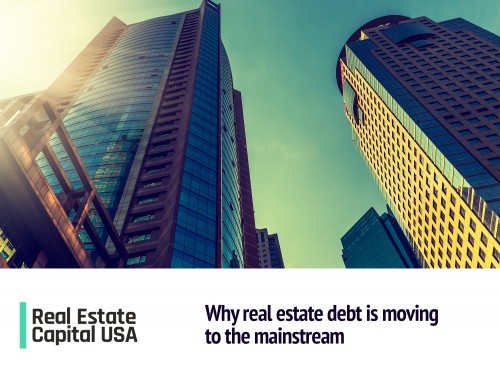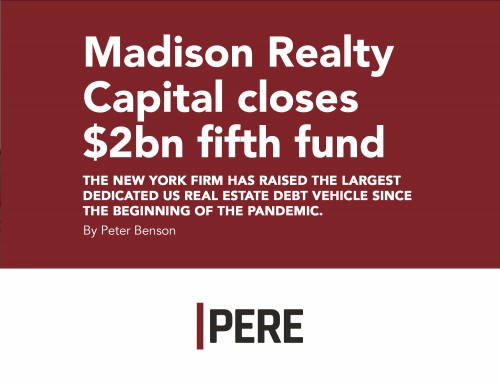Why real estate debt is moving to the mainstream

Excerpt Below:
Commercial real estate debt is filling a unique but important role in institutional portfolios due to its ability to provide current income and protect against losses. Institutions have increasingly sought fixed-income investment options offering strong risk-adjusted returns and higher yields than government or corporate securities. Josh Zegen, co-founder of New York-based manager Madison Realty Capital, says commercial real estate debt as an asset class was not recognized in 2004. Much of the outreach Zegen and his partners did at the time was educational. But this changed as the broader US commercial real estate lending landscape was altered by the global financial crisis, the implementation of resultant, restrictive regulation and the exit of specialty finance companies from the lending market. A key part of alternative lenders’ ability to grow their investor base – and their debt offerings – has been tied to borrowers that began to look past banks when seeking loans. “Many years ago, the bigger institutional investors, developers and owners wouldn’t have thought of an alternative lender as a source because it was like a dirty word,” says Madison’s Zegen. “‘Why are you borrowing from an alternative lender if you can go to a bank?’ they would say. But today, an institutional borrower will look at all of their options for debt.” Madison Realty Capital now finds a much more nuanced approach to investing in debt. “We’re talking to investors who have managers with transitional lending, special situation investing, higher value-add lending or distressed lending. Now there are investors with different layers of debt, whereas in the past, investors had perhaps one debt manager,” Zegen said.




